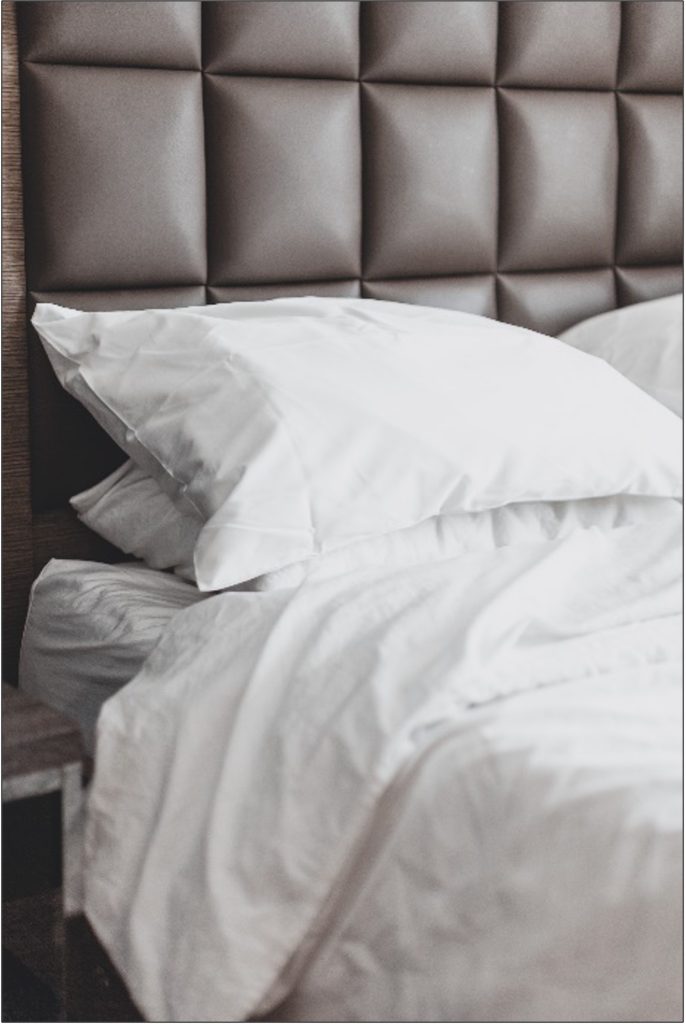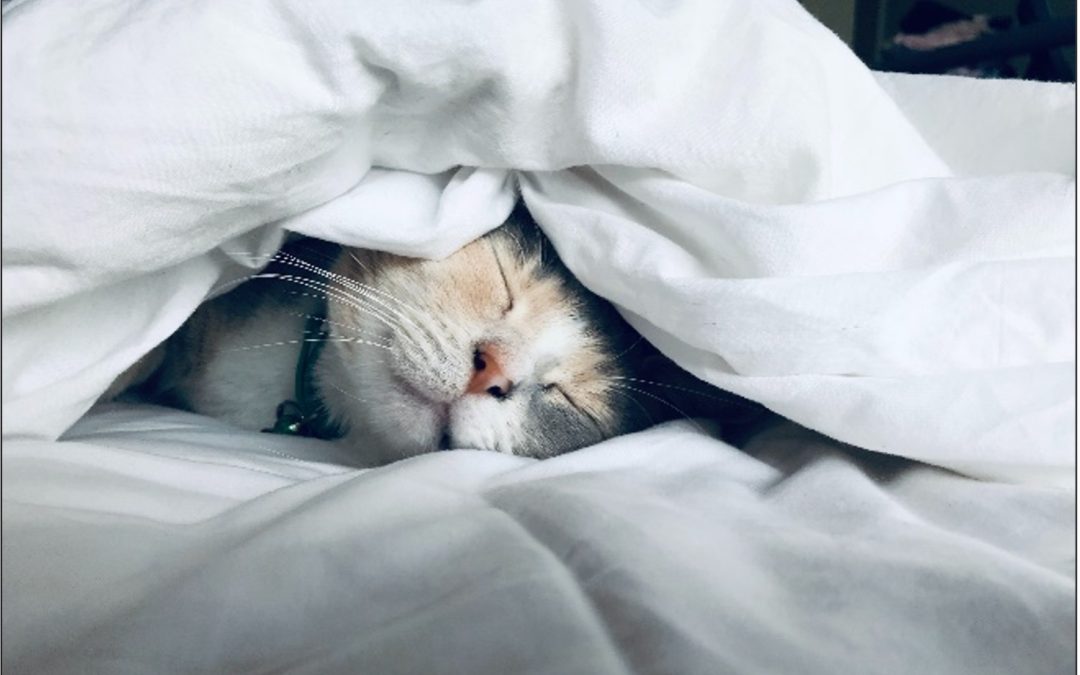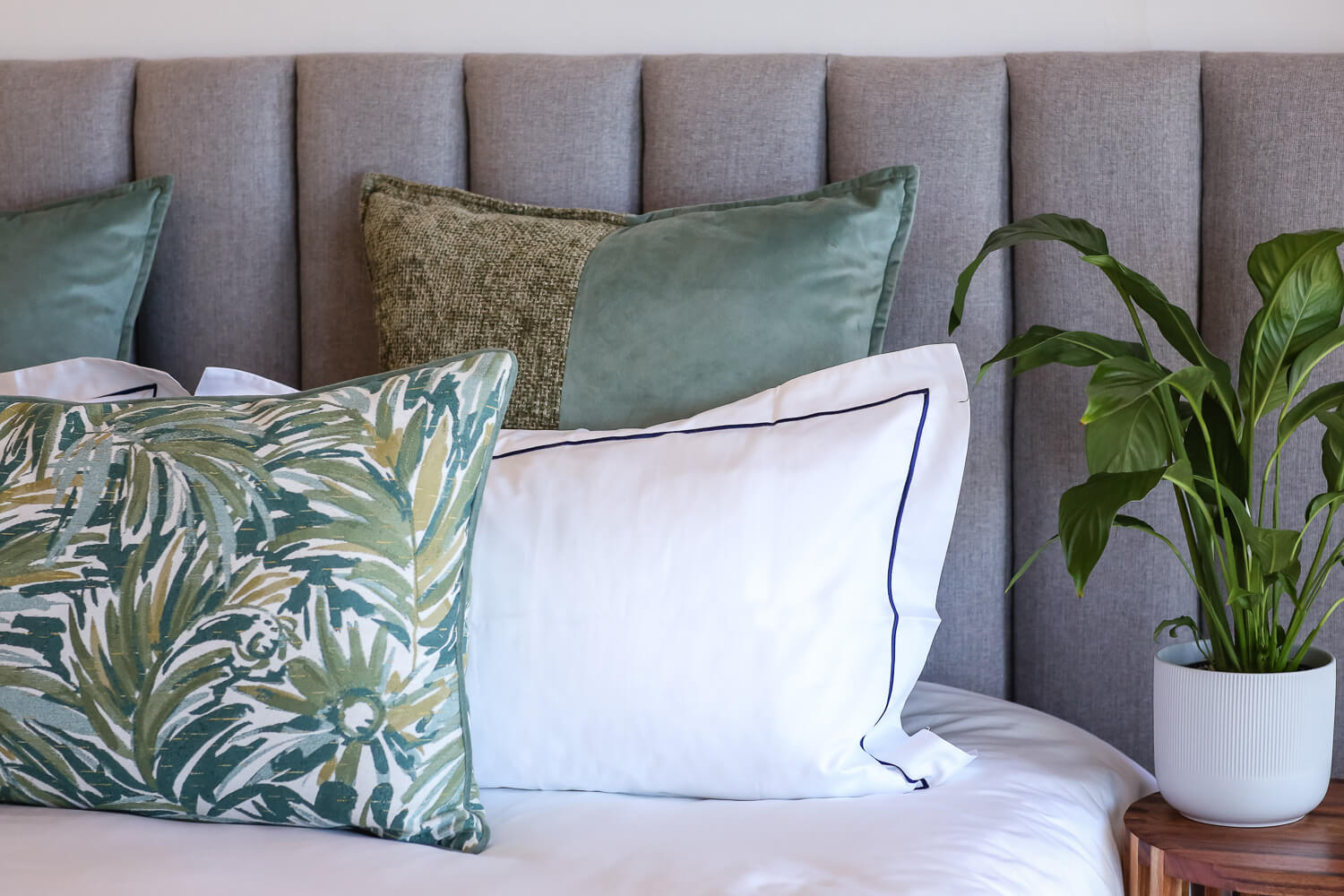When it comes to choosing the perfect linen for your bedding, thread count often plays a crucial role in decision-making. Thread count refers to the number of threads woven together in one square inch of fabric. The common misconception is that higher thread counts always translate to better quality and comfort. However, in the case of linen, this belief might not hold true. In this blog, we will delve into the concept of linen thread count, its significance, and why a thread count of 400 or less is more than sufficient for a luxurious night’s sleep.
Understanding Linen Thread Count.
Linen is a natural fibre obtained from the flax plant, and it is renowned for its durability, breathability, and moisture-wicking properties. The thread count of linen is calculated by counting the number of horizontal (weft) and vertical (warp) threads in one square inch of the fabric. For instance, a linen fabric with 100 warp threads and 100 weft threads per square inch will have a thread count of 200.
The Misconception of Higher Thread Count
In the world of cotton bedding, higher thread counts are often associated with better quality, softness, and comfort. However, linen has unique characteristics that distinguish it from cotton. Linen fibres are naturally thicker and more robust compared to cotton fibres, which means that linen fabrics have inherently lower thread counts than their cotton counterparts.

The Fallacy of Super High Linen Thread Counts
Some manufacturers market linen with incredibly high thread counts, boasting 800, 1000, or even 1200 threads per square inch. While this might sound impressive at first glance, it’s essential to recognize that such high thread counts are often misleading and could be a marketing tactic to attract unsuspecting customers. The reality is that linen’s inherent thickness and strength make it challenging to weave a significant number of threads into one square inch. Attempting to achieve such high thread counts would require using thinner, weaker linen threads or resorting to multi-ply yarns, both of which can compromise the fabric’s integrity and natural properties.
The Sweet Spot: 400 Thread Count
After extensive research and testing, experts agree that the ideal thread count for linen bedding falls within the range of 300 to 400. This range strikes a perfect balance between quality, comfort, and the unique characteristics of linen. Here’s why you don’t need more than 400 thread count in linen:
Linen’s Inherent Qualities: Linen’s natural texture and breathability are what make it stand out as a premium bedding material. Excessively high thread counts can diminish these qualities, resulting in a fabric that loses its breathability and becomes less comfortable over time.
Durability: Linen is renowned for its exceptional durability and long lifespan. With a thread count of around 400, the fabric retains its sturdiness, ensuring that your linen bedding will last for many years without showing signs of wear and tear.
Comfort: Linen’s appeal lies in its unique texture, which becomes even softer and more supple with each wash. A thread count of 400 allows the fabric to maintain its natural texture while still offering a luxurious and comfortable sleeping experience.
Optimal Weave: Achieving a thread count of 400 with high-quality linen ensures an optimal weave that enhances the fabric’s natural moisture-wicking properties and breathability, promoting a cool and pleasant sleep environment.
In summary, while thread count is a critical factor to consider when choosing bedding, it’s important to understand that linen is a different material than cotton. The unique qualities of linen, such as durability, breathability, and texture, are best preserved with a thread count of 400 or less. So, rest assured that when it comes to linen bedding, you don’t need to chase higher thread counts; the sweet spot of around 400 will provide you with the luxurious and comfortable sleep experience you desire. Choose wisely and embrace the exceptional benefits of this natural and eco-friendly fabric for your bedding needs.
Regards,
That’s Linen Team
Your Linen Experts


